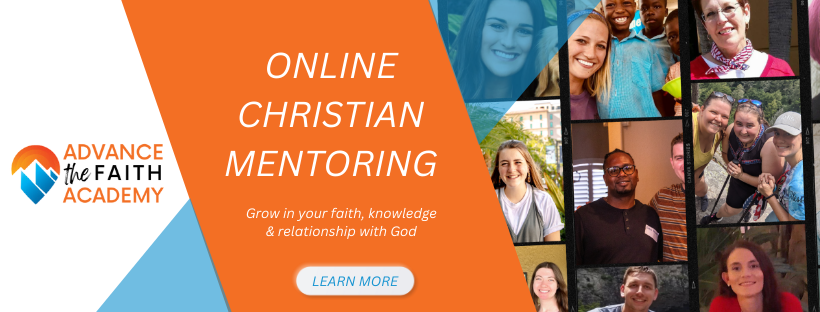Starting to read the Bible is an exciting step in your faith journey—but it can also be confusing or even overwhelming if you don’t know where to begin. Whether you're brand new to Scripture or picking it up again after some time away, there are some common pitfalls that can trip you up. The good news? They’re easy to avoid with a little guidance.
In this post, we’ll share some practical Bible reading tips for beginners, highlight how to read the Bible correctly, and help you get started with confidence and clarity.
Many people open the Bible to page one and begin with Genesis, thinking they’ll read straight through like a novel. While Genesis is a great starting point, books like Leviticus or Numbers—though important—can be tough to understand without context. This often leads to discouragement and giving up.
Tip: Start with the Gospel of John to get a clear picture of who Jesus is. Then move on to Genesis, Psalms, Proverbs, and Acts. These books will give you a strong foundation in understanding God’s character, His plan for the world, and what it means to follow Him.
The Bible is rich, layered, and was written over thousands of years in different cultures and literary styles. It’s normal not to understand everything right away. Sometimes, people get frustrated or assume the Bible is too difficult, which leads them to quit too soon.
Tip: Be patient with yourself. Understanding comes with time, prayer, and study. If you come across a confusing passage, write it down and revisit it later. Don’t let one difficult chapter stop your journey.
One of the most common errors is pulling verses out of context. Without understanding who a book was written to, why it was written, and what’s happening in the surrounding verses, it’s easy to misinterpret Scripture.
Tip: Always ask three questions when you read:
- What is the context?
- What is the author trying to communicate?
- How does this apply to my life today?
Using a study Bible or Bible app with commentary can also help you get a clearer understanding of the background.

It’s great to have a Bible reading plan, but the goal isn’t just to “check the box.” Reading the Bible should be about building a relationship with God, not just completing a task.
Tip: Focus on quality over quantity. Even if you read just a few verses a day, take time to reflect, pray, and let God speak to you through His Word. Ask the Holy Spirit to guide your understanding.
Trying to figure it all out on your own can feel overwhelming. But the Bible was never meant to be read in isolation—it’s meant to be explored in community.
Tip: Find a Bible study group, church class, or join our online course where you can ask questions and grow with others. You’ll gain insights you might not see on your own, and you’ll be encouraged by others walking the same path.
Some beginners are tempted to stick only to the New Testament, thinking the Old Testament is outdated or irrelevant. But the Old Testament provides powerful context for God’s story, character, and promises.Tip: Don’t be afraid of the Old Testament—start with more narrative books like Genesis, Exodus, Ruth, or 1 Samuel. These give you a clear picture of God’s relationship with His people and how it all points to Jesus.
Want more help getting started? Join our free course,
“How to Read the Bible.” Whether you’re just starting out or looking to refresh your understanding, this course will give you practical tools to read Scripture with clarity and confidence.


